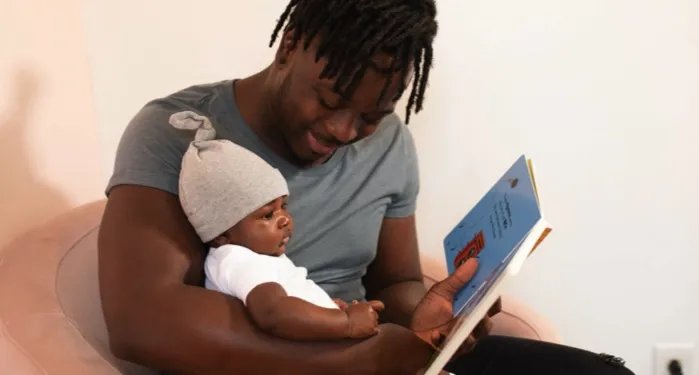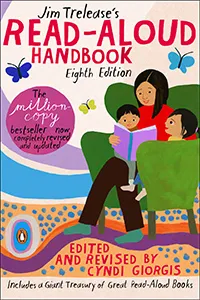
Keep Reading Aloud to the Kids (It’s Worth It)
This content contains affiliate links. When you buy through these links, we may earn an affiliate commission.
I’ve spent at least 2,000 hours reading aloud to my kids in the last six years.
My voice has gone hoarse doing all that reading aloud. Doing dramatic voices is my thing. My husband and I have even fought over who would get to read the most scrumpdiddlyumptious chapters in the Roald Dahl on our family’s agenda for the night.
We’ve read a lot together as a family: board books, picture books, easy readers, chapter books, middle grade, nonfiction, classics, new releases. I’m actually looking forward to YA and grownup books once they’re teenagers, although I might spare my voice and just read in tandem.
We are serious about literacy here. That’s why we prioritize reading aloud, and why teachers and librarians make time for that delicious activity in classrooms and at storytime.
 Reading aloud to kids can do that much? Yes, it can, and more. Expert educator Jim Trelease has been touting the benefits since 1979 in his book The Read-aloud Handbook. It’s still a popular book today and continues to inspire us and remind us what’s important. Recently, families have gobbled up all the advice in Sarah Mackenzie’s book, The Read-aloud Family. New generations of readers are being initiated into the book-reading culture, and families would be wise to take it seriously, especially in the digital age.
Besides, what’s a parent not to love about having a beautiful, bookish relationship with their kids?
Reading aloud to kids can do that much? Yes, it can, and more. Expert educator Jim Trelease has been touting the benefits since 1979 in his book The Read-aloud Handbook. It’s still a popular book today and continues to inspire us and remind us what’s important. Recently, families have gobbled up all the advice in Sarah Mackenzie’s book, The Read-aloud Family. New generations of readers are being initiated into the book-reading culture, and families would be wise to take it seriously, especially in the digital age.
Besides, what’s a parent not to love about having a beautiful, bookish relationship with their kids?
Reading Aloud is the Single Most Important Activity for Reading Success
According to the experts who wrote Learning To Read And Write: Developmentally Appropriate Practices For Young Children, reading aloud to kids is “the single most important activity for reading success.” Yes, it helps to have books in the home, and it helps every child to increase access to those books. But let’s not overlook the simple act of just scheduling that storytime. According to Reading Rockets, reading aloud to kids boosts interest in books and in being a reader. It shows them what a pleasure books are. Reading becomes a rewarding activity rather than a mandatory assignment for school. If you can get the kid to love reading—if you can just get them to catch the reading bug—then you’re setting them up for future success, because reading lays the foundation for achievement. Reading Rockets says that reading aloud also solidifies the connection between reading and meaning. It pulls children up to a higher reading level than they could attain if reading independently, and it exposes them to a wide array of ideas, vocabulary and language patterns. Reading aloud to kids can do that much? Yes, it can, and more. Expert educator Jim Trelease has been touting the benefits since 1979 in his book The Read-aloud Handbook. It’s still a popular book today and continues to inspire us and remind us what’s important. Recently, families have gobbled up all the advice in Sarah Mackenzie’s book, The Read-aloud Family. New generations of readers are being initiated into the book-reading culture, and families would be wise to take it seriously, especially in the digital age.
Besides, what’s a parent not to love about having a beautiful, bookish relationship with their kids?
Reading aloud to kids can do that much? Yes, it can, and more. Expert educator Jim Trelease has been touting the benefits since 1979 in his book The Read-aloud Handbook. It’s still a popular book today and continues to inspire us and remind us what’s important. Recently, families have gobbled up all the advice in Sarah Mackenzie’s book, The Read-aloud Family. New generations of readers are being initiated into the book-reading culture, and families would be wise to take it seriously, especially in the digital age.
Besides, what’s a parent not to love about having a beautiful, bookish relationship with their kids?













